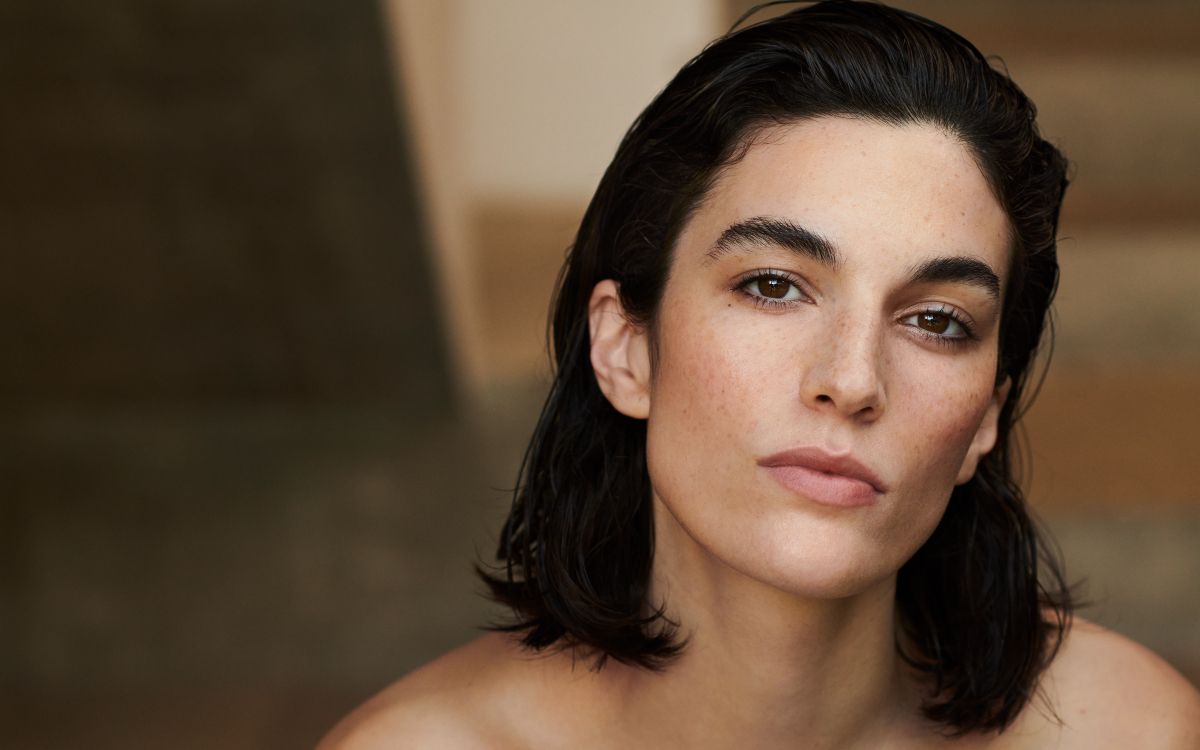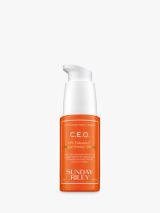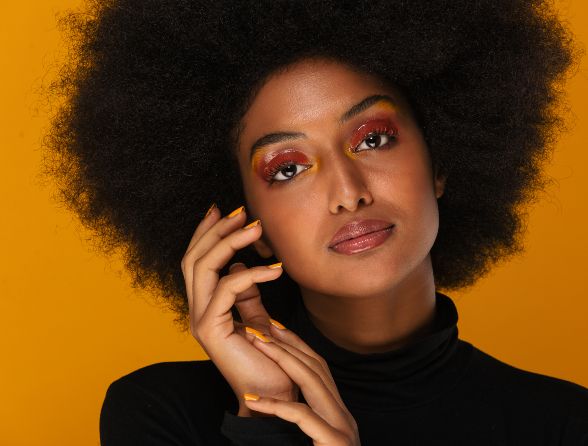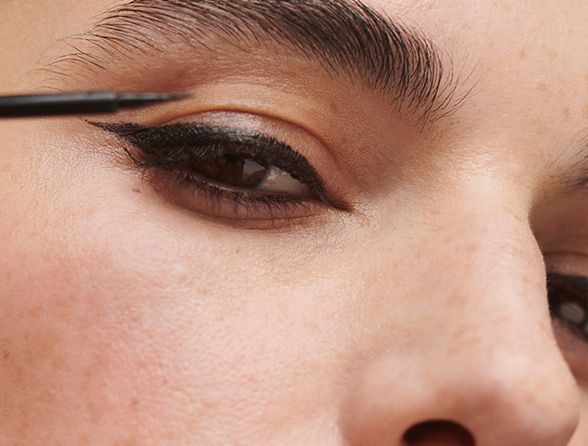Skincare cocktailing – the beauty trend your complexion will thank you for
Why becoming your own skincare mixologist could be the key to your best skin yet
Most of us instinctively know that a ‘slap it on and see’ approach to skincare probably isn’t going to yield maximum complexion gains. However, we equally don’t always feel equipped to navigate the somewhat overwhelming skincare arena, so the concept of becoming our own skincare mixologist may seem more than a little daunting. But contrary to first appearances, you don’t need a PHD in dermatology to master the art of skincare cocktailing, the trend that relies on mixing and matching ingredients and products to get the most out of your skin by addressing multiple skin concerns in one fell swoop.
The key lies in really getting to know your skin. Be responsive to its needs while being strategic with what you put on top of it, whether that’s adding in a dash of salicylic acid for hormonal breakouts one week or including a glug of nourishing balm to soothe winter dry patches another.
‘Everyone’s skin type and skin concerns are different so having a bespoke plan will ensure that you are using the most beneficial products for you, giving you greater and safer results,’ says Dr Preema Vig of the Dr Preema London Clinic. ‘The skin types “normal, combination, dry and oily” are very vague and just a rudimentary starting point. Getting to know your individual skin needs – preferably by having it analysed by a professional – is your first step to determining which formulations (such as cream cleansers versus wash-off cleansers) will be better suited to you.
How to leave your skin satisfied rather than shaken? As well as opting for quality ingredients and knowing which formulations layer up better than others (generally go from thinnest to thickest with oils as the last step), there are a few fundamentals when it comes to raising your complexion bar…
Skincare cocktailing dos and don’ts
‘It’s important to layer products that complement each other and benefit your skin the most as well as being aware of what ingredients are in each product so that you don’t end up using ingredients that shouldn’t be combined,’ says Dr Preema.
The results you want to achieve will depend on what ingredients you should combine, but some popular ones suggested by Dr Preema are:
- Retinol + Hyaluronic Acid – the Hyaluronic Acid will help minimise any irritation from the Retinol without reducing its benefits.
- AHAs + BHAs – BHAs penetrate deep into the skin, while AHAs exfoliate the surface.
- Vitamin C + SPF – Combining these products can help prevent sun damage.
Are there any partnership no nos? ‘Retinol + Vitamin C should be avoided as the combination of the two can cause irritation, redness and peeling, although it’s worth noting that there are encapsulated formulations and innovative delivery systems that can avoid this,’ says Dr Preema. ‘Niacinamide + Vitamin C are also ingredients that shouldn’t be combined as together they can cause redness, and can cancel out the beneficial properties of each other.’
When to switch things up
‘Some days you may wake up and find your skin feels slightly different than usual,’ says Dr Preema. ‘Look out for the signs and treat them accordingly. If your skin feels drier than normal, apply a moisturiser that is more deeply nourishing or a more protective or restorative formulation that aids the skin barrier and minimises transepidermal water loss. Pimples may also appear throughout different times in the month as your hormone levels change. When you experience an outbreak, apply products that contain salicylic acid to decrease redness and inflammation.’
According to Dr Preema, as well as weekly fluctuations, your skin needs change on a seasonal basis too. ‘During the summer months it’s often better to opt for a light moisturiser and a higher SPF while during winter the dry air can cause gaps to form in the cells’ protective layer, known as trans-epidermal water loss, which can increase inflammation, dryness and compromise skin,’ she explains. ‘Additionally, extreme temperature changes due to switching from indoors to outdoors can cause the delicate blood vessels in the skin to expand and contract causing swelling, redness and further irritation so products to use in winter should have more focus on strengthening the skins’ barrier and maintaining moisture within the skin.’
Ready to get mixing? Try these recommended skin recipes
The wrinkle reducer
Retinol is the undisputed anti-ageing assassin of the beauty world but this revered derm favourite is also known for being irritating, especially on sensitive skin so combine with products full of hydrating hyaluroninc acid and barrier-boosting ceramides and always pair with an SPF.
The pigmentation preventer
Vitamin C is the does-it-all hero of the skincare world, protecting from free-radical damage, brightening and even lightening dark spots. To boost its effectiveness pair it with other antioxidants such as vitamin E and always layer under an SPF as vitamin C and sunscreen go together like gin and tonic – complementing each other beautifully in order to protect against UV damage and further pigmentation. Get even more benefits by adding in an exfoliator such as salicylic acid.
The dry skin slayer
Parched complexions need the perfect balance of humectant ingredients such as hyaluronic acid to draw in and hold on to water combined with oil-based emollients such as squalene to seal in the moisture. Factor in a daily chemical exfoliator with added emollients to gently dissolve dead skin cells and boost radiance.
The blemish buster
While ingredients such as Benzoyl peroxide and salicylic acid may be adept at blemish-blitzing, they can leave acne-prone skin dehydrated so off-set them with gentle, oil-free hydrators such as hyaluronic acid and anti-inflammatory niacinamide (otherwise known as vitamin B3).


















